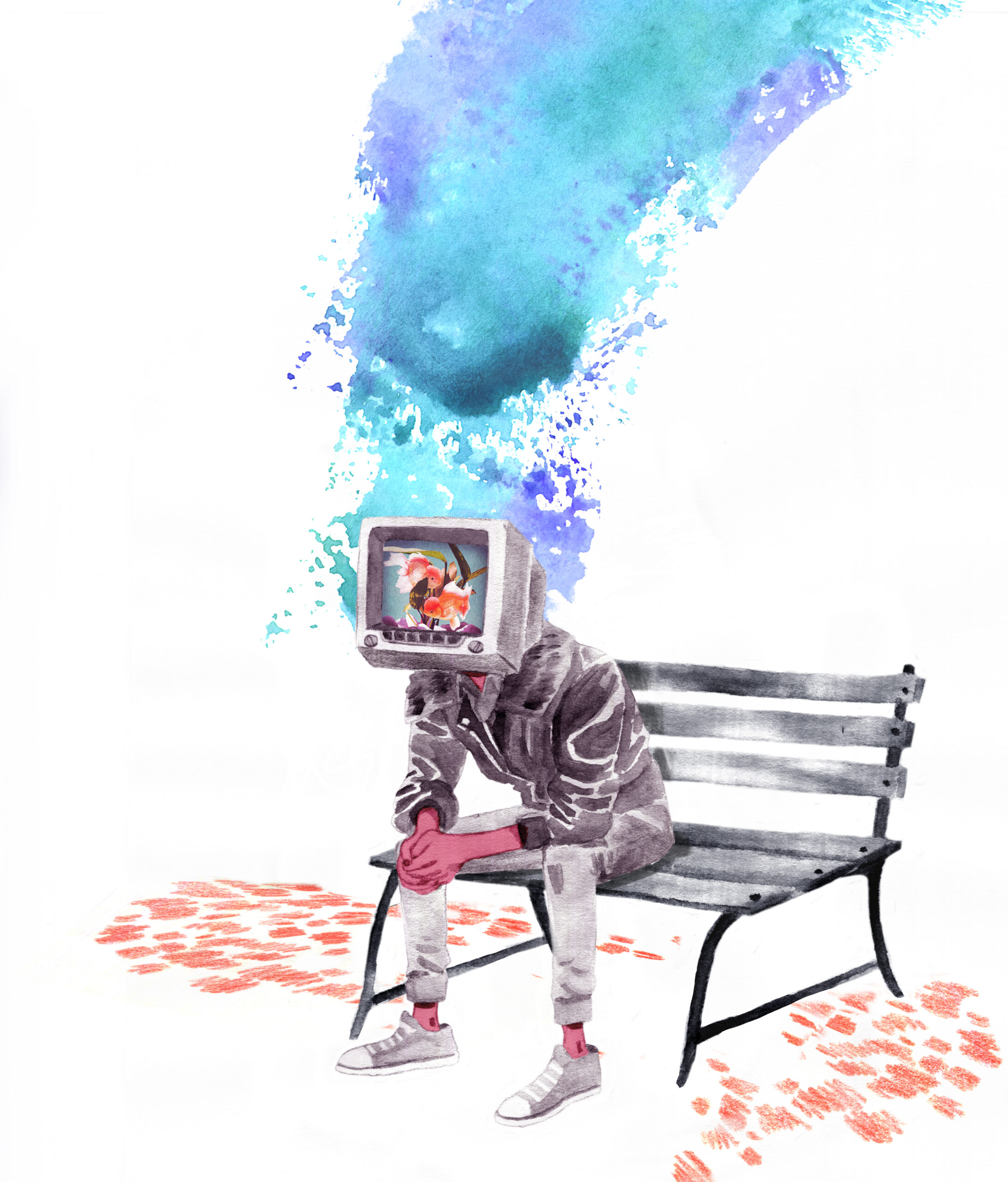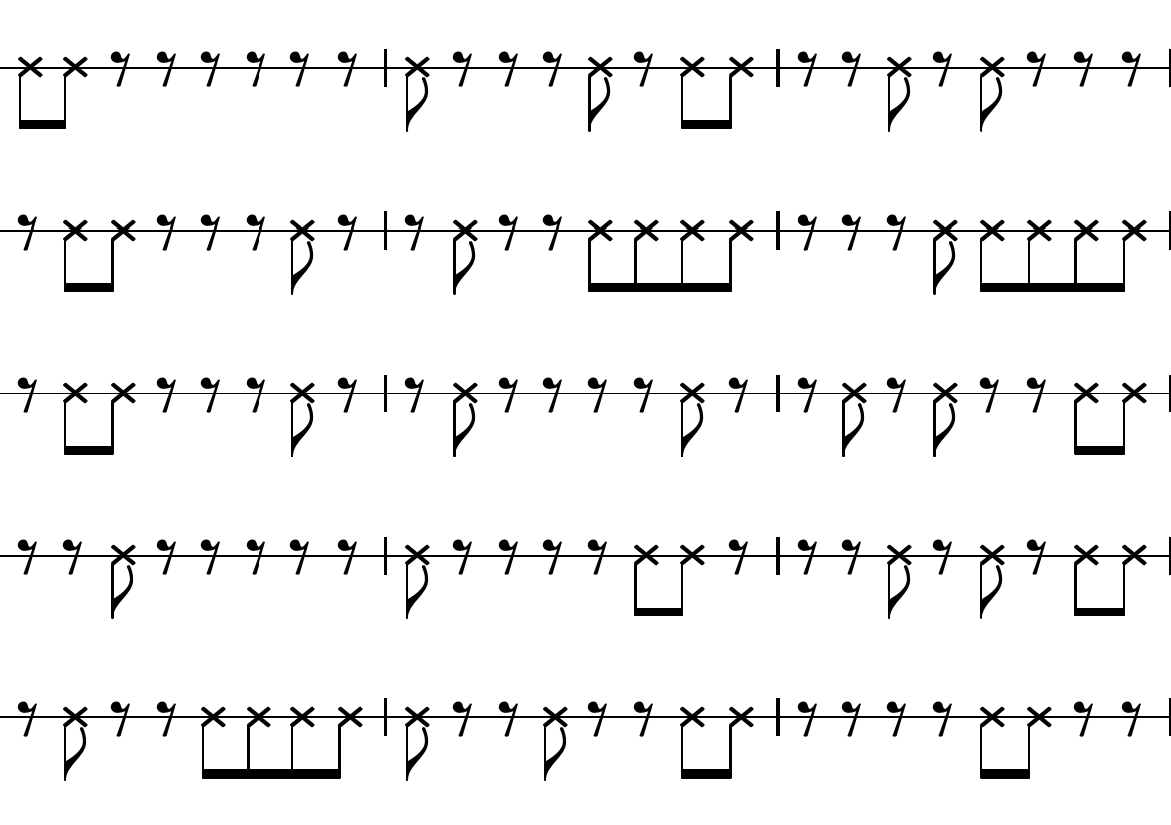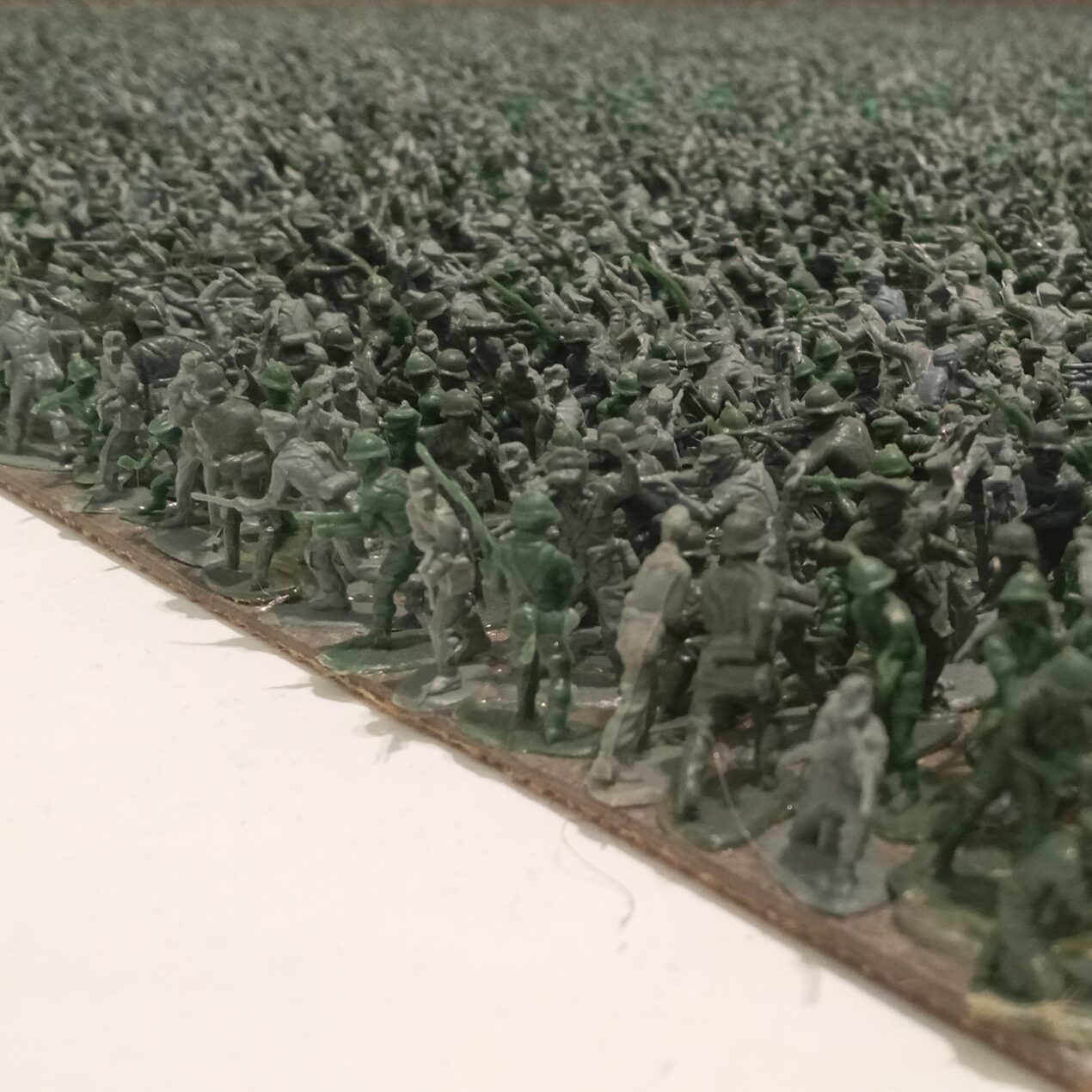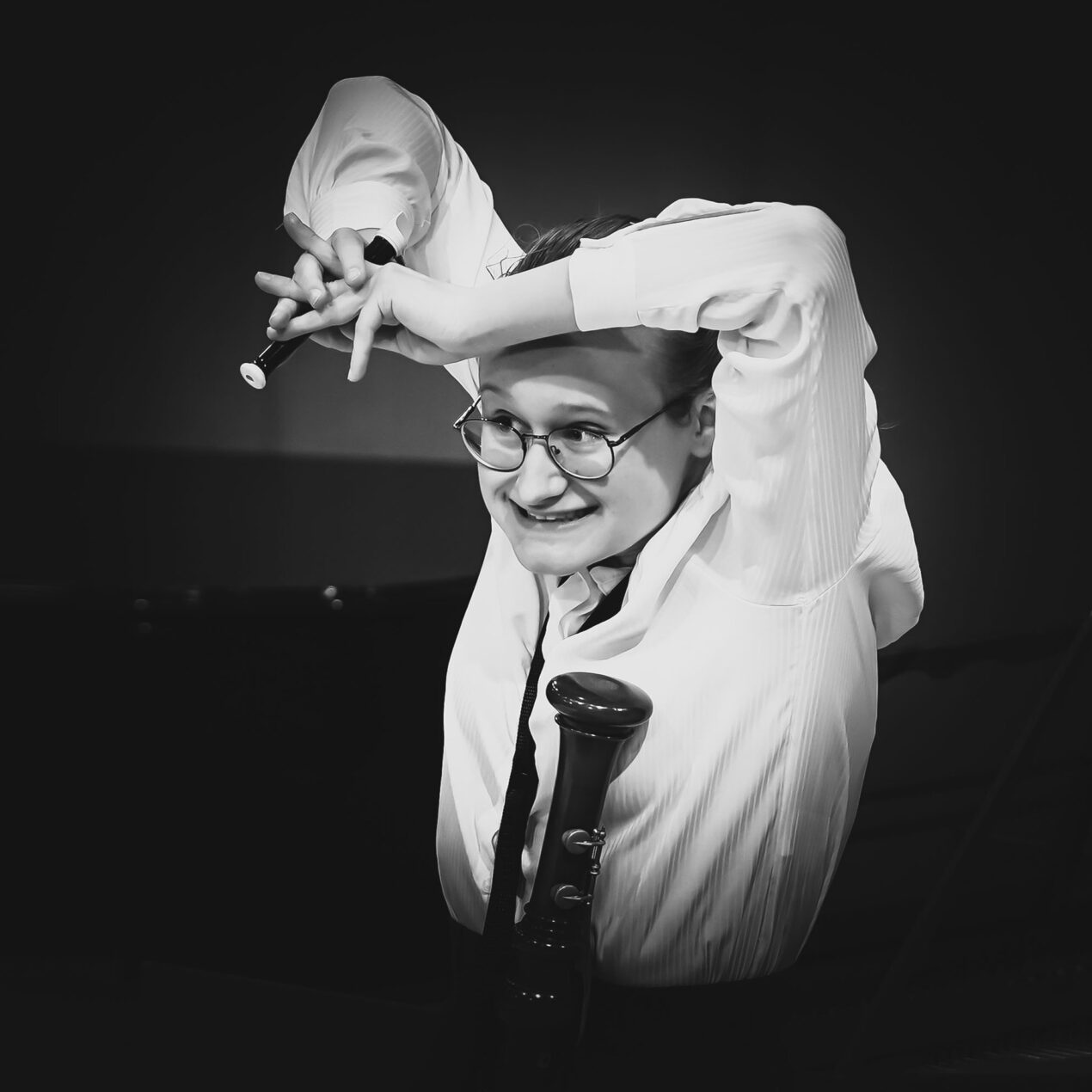First off, what we are being advertised as AI is not artificial intelligence. As described on Wikipedia, “Artificial intelligence (AI) refers to the capability of computational systems to perform tasks typically associated with human intelligence, such as learning, reasoning, problem-solving, perception, and decision-making.”1
What has largely been considered as AI are actually so called “Large Language Models”. Which function very similarly to the process of auto-completion in text messages. Only, they are trained on vastly greater amounts of data. But they cannot think or reason independently, they are not self aware. They simply scramble together what is the most likely answer to a question, based on the data that they have been trained on.
The same applies to AI Art Generators. They are not creative. They have simply been trained on broad swathes of image data and corresponding key words. And when given a prompt as a text input, they just mash together an image from whatever in their data libraries is most closely associated to the words used in the prompts.
To be able to do that, those generators must be trained on incredible amounts of data, or in other words, on an incredible amount of art. And the way this has been achieved was by violating the rights of millions of artists. Because all AI Art Generators have been trained on art that has been taken without the consent of the artists. And the companies behind AI Art Generators were well aware that what they were doing was illegal. They simply didn’t care.2 They didn’t even try to contact artists to ask for permission to use their intellectual property.
A high profile example is what happened around April 2025, when OpenAI’s new image generation tool was unveiled, and it was discovered it could create images in the style of the famous Japanese animation studio Studio Ghibli.3 Hayao Miyazaki, co-founder of Studio Ghibli once met with a company that presented first glimpses into “AI Art”, long before the AI Boom even started. He was not impressed.4
Suffice to say that Studio Ghibli – whose co-founder was immensely critical of the technology of AI before – most likely never gave permission for their intellectual property to be used as training material for AI models. What Miyazaki says at the end of the video encapsulates in this author’s humble opinion the heart of the matter of AI Art:
I feel like we are nearing the end of times. We humans are losing faith in ourselves.
Capitalism – or as some would argue more recently – techno-feudalism is destroying art and creativity. We see it all around us in the way that streaming services base the future of their productions on algorithms.5 Or how certain words are censored on social media platforms, such as Youtube or TikTok, based on the demands of advertisers.6 Or how there are so many reboots, sequels and remakes instead of new, original material.
AI Art is another way that tries to cut out genuine, creative, human voices and instead mass-produce art cheaply or re-purpose it for a quick buck. And it would be virtually impossible without the stolen skills and expertise of millions of artists who have put an unquantifiable number of hours into producing their work. AI Art Generators cannot create something new. They cannot come up with an entirely new art style. They could never have created iconic artistic schools like Art Nouveau, Cubism, Pointillism, Expressionism. They can only imitate. They can only mash together what they have been trained on.
And while they do that, they are also incredibly harmful to our planet.7 It is well documented that the data centers running these AI models demand vast amounts of energy and water to keep them cool. Which in turn becomes a huge strain on power grids and leads to increased emissions of carbon dioxide. And those data centers increasingly rely on fossil fuels to keep them up and running.8
It brings to mind companies like SHEIN or TEMU. In the same way that these companies say “Look at those incredible deals! Look at how cheap these items are!”, AI Models shout “Look how fun and easy we can make your life! Look what great things you can create at the push of a button!”. And all the while, they desperately try to hide the ugliness of their business models behind their backs. The exploitative labour. The cheap product quality. The scams. The breaches of data privacy. Their impacts on the environment.
To create is one of the most human activities. To take tools into our hands and draw, paint, chisel, mould, hammer or glue; to give expression to our ideas through unique styles, voice, and ways of working. Creating art is messy, it’s personal. It’s often raw and unrewarding but can also be transcendental and healing. Art is the expression of the individual. And AI Art Generators are, at the very core of their code, the anti-thesis.
AI Art could have been something genuinely interesting and creative. In the early days, there have been projects playing with the very concepts of what images mean on a fundamental level when they are being created by an algorithm. – Like for example, how the results of the images are affected when the code is altered even in the slightest ways.9
But it has been made abundantly clear by now that AI Art Generators are not tools of creativity, an interplay between human ingenuity and coded language. They are tools of theft and convenience for those who find themselves continuing a long history of discrediting the importance and value of artists. They are copying-algorithms that eliminate the pesky little step of human creativity. And yet they could never work without that stolen human creativity.
They are a clear message to artists that their labour, creativity and expertise is valuable and important. Important enough to steal and profit from,but not important enough to respect the time, work and dedication they have put into their craft. And definitely not important enough to pay them fairly for their expertise and work.
So, what is an artist to do? What is a viewer of art to do?
For both artists and those consuming art, there needs to be a shift in the way we consume. Over the last century, we steadily and gradually have been ushered into an age of convenience. And now this convenience is in all aspects of our life, from the food we eat, to the clothes we wear, to the way we travel or consume entertainment. Of course, many of those innovations of convenience were and are incredibly useful and a net-positive. This author by no means demands we return to scrubbing our clothes in rivers or hunting our own food, but only reminds that convenience does have a cost. It removes the friction, the labour, the intimacy from an experience, an action, an item. It removes the connection one would gain by making oneself intimately familiar with what one consumes. And therefore, it makes it less precious, less valuable in a way. A sweater one knits by oneself will always be far more valuable and precious than one purchased at H&M.
In this author’s opinion, AI models are the ultimate peak of this culture of convenience. They flatten the preciousness, the beauty of creation in favour of fast, frictionless consumption. And it slots right into place in the way we now consume entertainment:without thought, attention or patience. Endlessly scrolling through social media feeds. Always distracting ourselves with something, be it music, podcasts, apps, noise. Watching TV-shows only while simultaneously looking at our phone.10
But we as humans need friction for the very health of our minds. We need the challenge, we need the act of creation, of struggling through problems and reaching solutions. We need the interaction with our environment, we need reflection and deep thought. Our brains only got to this level of evolution through engaging with the world on an intimate level. We might not need it as a basic measure to keep us alive, but we need it to thrive.
So to those reading this, I implore you: step back, take a breath and
engage.
Examine. Ponder. Think. Create.
Most of all: Support artists. Real human artists.
And to artists specifically: continue creating. Continue nurturing your own unique voices, flaws and all. Celebrate your craft and share it with the world. Teach others, create with others. Make great art, make bad art, but most importantly: keep making art. Though protect your work online with tools like Glaze11 or Nightshade.12
And never forget: Those companies who stole your art to train their models knew full well how important and valuable your work is. That’s why they had to steal it. Without it, they would have absolutely nothing. AI art does not work without human art.
References:
- https://en.wikipedia.org/wiki/Artificial_intelligence ↩︎
- https://www.smithsonianmag.com/smart-news/lists-artists-artificial-intelligence-art-generator-180983546/ ↩︎
- https://www.abc.net.au/news/2025-04-03/the-controversial-chatgpt-studio-ghibli-trend-explained/105125570 ↩︎
- https://www.youtube.com/watch?v=ngZ0K3lWKRc ↩︎
- https://screenrant.com/netflix-shows-canceled-viewing-numbers-data-problems-bad/ ↩︎
- https://support.google.com/youtube/answer/6162278?hl=en ↩︎
- https://news.mit.edu/2025/explained-generative-ai-environmental-impact-0117 ↩︎
- https://www.popsci.com/technology/ai-fossil-fuels/ ↩︎
- https://www.vice.com/en/article/ai-told-me-human-face-neural-networks/ ↩︎
- https://www.nssmag.com/en/lifestyle/40079/are-tv-series-designed-to-be-watched-while-on-the-phone ↩︎
- https://glaze.cs.uchicago.edu/ ↩︎
- https://nightshade.cs.uchicago.edu/ ↩︎





